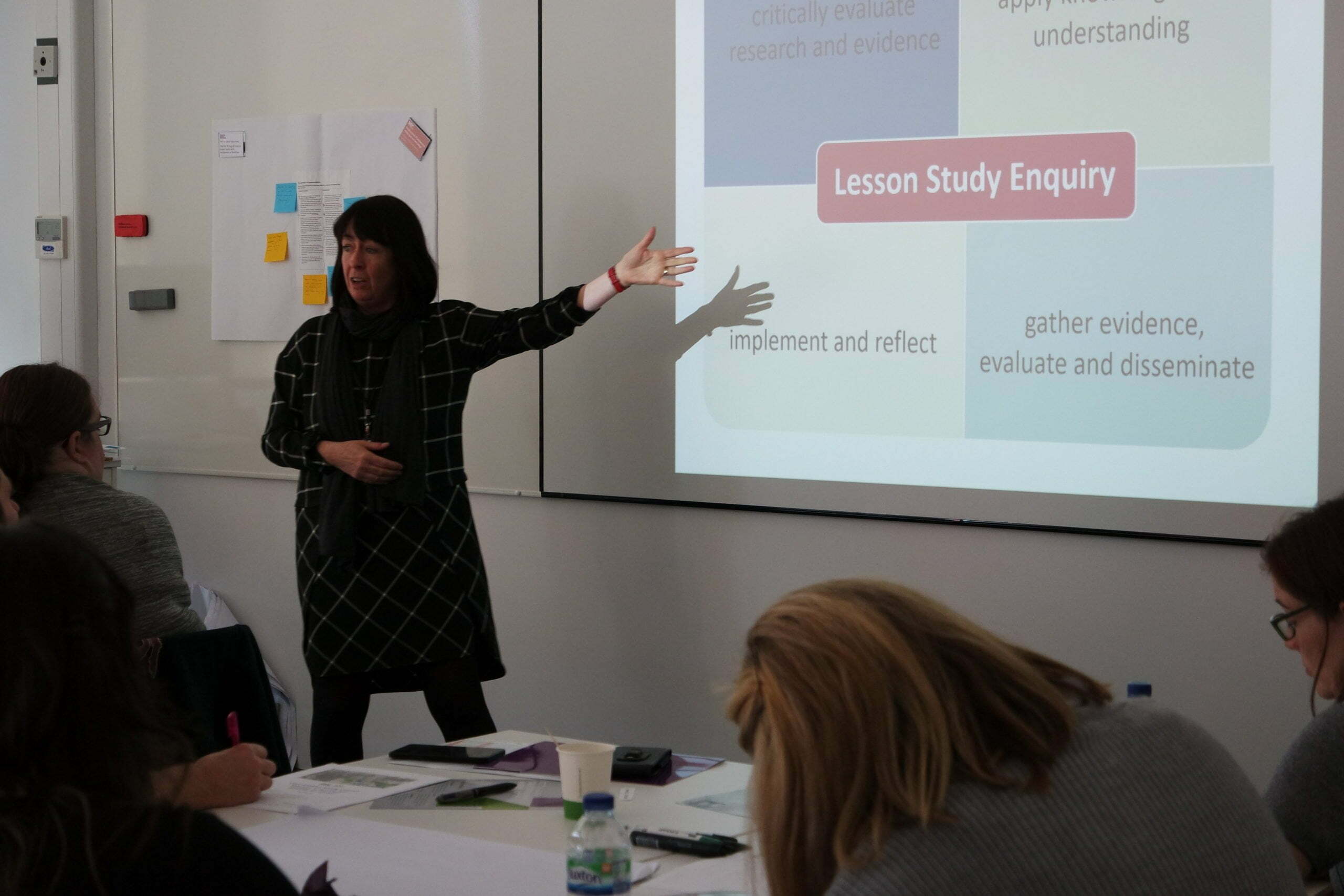“You cannot lead a modern school with a lone warrior mentality”
Germany took pride in their perception that not only did their educational system provide quality of education but equality of outcome for students. Yet the results of Germany from the PISA study of 2000 published in 2001 sent shock-waves across their educational system. From this international study the acknowledgement that around 25% of German students were educationally ‘at risk’ and 10% within this group were functionally illiterate contrasted with the international recognition of Germany as providing a highly trained and skilled workforce.
Germany responded by educational reform which focused on improving educational outcome through a twin-track approach to student learning and teacher continuing professional development. Our research at Teacher Development Trust this week considers the traditional structure of the German educational and vocational system and their new approach to professional development to overcome inequalities of student outcome and their apparent success.
Within the educational system, the route to traditional secondary school is based on a three-tiered approach of students being channelled at an early stage to either Hauptschule [general secondary school with a practical emphasis], Realschule [intermediate secondary school for general and vocational education] or Gymnasium. Entry to Gymnasium being a prerequisite for access to university. [Berg, P. The German Training System, in eds. Layard, R. Mayhew, K. and Owen, G. Britain’s Training Deficit, Aldershot, Avebury, 1994]:http://www.amazon.co.uk/Britains-Training-Deficit-Economic Performance/dp/1856288781
The transition from school-to-work is largely based on the system of apprenticeship. The German system of vocational training can be traced back to the middle ages and is a result of sustained cultivation. The industrial apprenticeship system evolved through co-operation between employers, state and employee representatives. Unlike many other countries the key link in the vocational training system is the strong tie with employers and their investment in apprenticeship training. Apprenticeship is the main entry level into the labour market within a highly regulated environment of an manufacturing and engineering based economy which has not been feasible when replicated elsewhere. [Ryan, P. The School-to-Work Transition: A Cross-National Perspective, Journal of Economic Literature, 39 [1], 2001, pp.34-92] Education is seen as providing the necessary skills for this modern economy.
In view of the PISA results, Germany changed its approach to education by concentrating on the support of each student to encourage individual learning opportunities. Proposals were also raised for alterations to the infrastructure such as lengthening the school day, the introduction of new educational standards and a move to a two-tiered approach to education.
Changes of practice to teacher professional development include the ability for teachers to work collaboratively to encourage innovation. The introduction of learning contracts between teachers, pupils and parents with agreed goals for students in Year 5 is an example of an initiative designed to encourage partnership. Teacher professional development now centres upon changing teacher training to address individual needs of students and to better assess the academic routes for students. The integration of internships forming part of educational learning have been utilised to integrate preparation to the working environment.
As a result of changes to practice, Germany has seen remarkable results in international attainment from being ranked 21 in 2003 to being ranked 10 in 2009 in mathematics compared with other OECD countries. From 2000 until 2009 improvements in performance for reading have been made from being ranked 23 in 2000 to being ranked 16 in 2009. Immigrant students performance has been improved by the equivalent of a school year. The proportion of at risk students also dropped from 22.6 to 18.5%. Therefore, Germany has achieved notable results in narrowing the gap of educational outcome.
Please view the video created by the Pearson Foundation in conjunction with the OECD on the attached link for an informed account of the educational reform in Germany: http://www.youtube.com/watch?v=Cf7ncuaU6Tc


